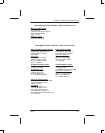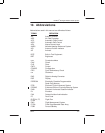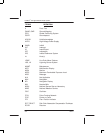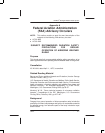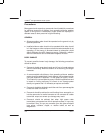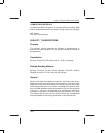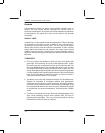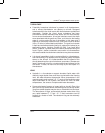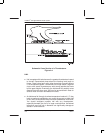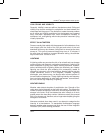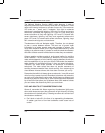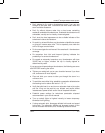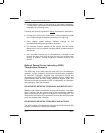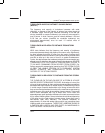
PRIMUS
R
660 Digital Weather Radar System
A28–1146–111
REV 2
Federal Aviation Administration (FAA) Advisory Circulars
A–4
Hazards
A thunderstorm packs just about every weather hazard known to
aviation into one vicious bundle. Although the hazards occur in
numerous combinations, let us look at the most hazardous combination
of thunderstorm, the squall line, then we will examine the hazards
individually.
SQUALL LINES
A squall line is a narrow band of active thunderstorms. Often it develops
on or ahead of a cold front in moist, unstable air, but it may develop in
unstable air far removed from any front. The line may be too long to
detour easily and too wide and severe to penetrate. It often contains
steady–state thunderstorms and presents the single most intense
weather hazard to aircraft. It usually forms rapidly, generally reaching
maximum intensity during the late afternoon and the first few hours of
darkness.
TORNADOES
D The most violent thunderstorms draw into their cloud bases with
great vigor. If the incoming air has any initial rotating motion, it often
forms an extremely concentrated vortex from the surface well into
the cloud. Meteorologists have estimated that wind in such a vortex
can exceed 200 knots; pressure inside the vortex is quite low. The
strong winds gather dust and debris and the low pressure generates
a funnel shaped cloud extending downward from the cumulonimbus
base. If the cloud does not reach the surface, it is a funnel cloud; if
it touches the land surface, it is a tornado.
D Tornadoes occur with both isolated and squall line thunderstorms.
Reports for forecasts of tornadoes indicate that atmospheric
conditions are favorable for violent turbulence. An aircraft entering
a tornado vortex is almost certain to suffer structural damage. Since
the vortex extends well into the cloud, any pilot inadvertently caught
on instruments in a severe thunderstorm, could encounter a hidden
vortex.
D Families of tornadoes have been observed as appendages of the
main cloud extending several miles outward from the area of
lightning and precipitation. Thus, any cloud connected to a severe
thunderstorm carries a threat of violence.



